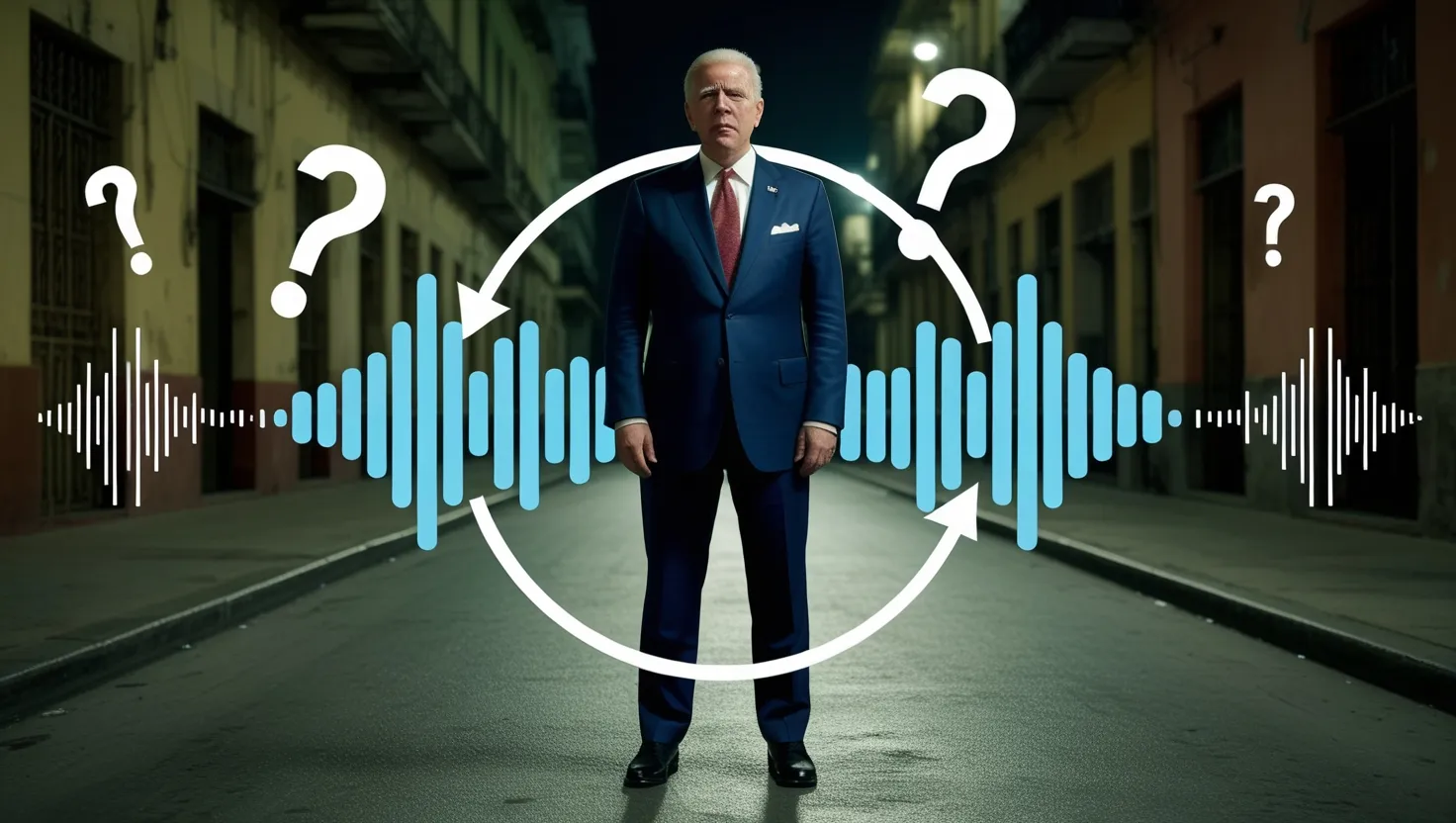There’s something deeply unsettling about the world’s most advanced technology stalling without warning. We depend on invisible digital arteries for almost everything—navigation, commerce, travel, even security. But what if these sudden blackouts aren’t just accidents? Sometimes, systems falter at the exact moment the world’s shadows are moving. When official explanations sound too neat or incomplete, it’s worth asking: did something else happen behind the scenes?
Think back to 1997. Most people remember GPS as something for map enthusiasts and cargo ships, not the daily necessity it is today. Suddenly, for 12 hours, all commercial and civilian GPS systems failed globally. The anomaly’s timing raised eyebrows. As I dug deeper, I found the failure coincided exactly with Operation Guardian Assist, a classified military exercise. Yet, throughout the blackout, military navigation kept working. How does a tech failure affect only public infrastructure, leaving government machinery untouched? It’s almost as if the outage was less a glitch and more a digital curtain, shielding covert maneuvers in plain sight.
I recall reading about the Mediterranean cable sabotage of 2010, which cut off 70% of the data flowing between Asia and Europe. It sounds like a plot straight out of a spy novel: three undersea fiber-optic cables sliced within minutes of each other, off the coast of Alexandria. This wasn’t just a random act of vandalism. The event’s proximity to reported Mossad operations against Syrian nuclear sites triggered a swirl of speculation. Was the blackout engineered to block monitoring, or disrupt enemy coordination? The forensic reports pointed to sabotage, but the public never got the full picture.
“Whoever controls the media, controls the mind.” This quote from Jim Morrison rings truer than ever when digital infrastructure blinks out—because during these windows, someone, somewhere, is controlling what signals get through.
Move to 2013, where Wall Street briefly froze in time. The New York Stock Exchange, the titan of global finance, halted without warning for three full hours. What the public saw was a technical bulletin: routine, almost bland. But in the background, there was a hush-hush Federal Reserve meeting on quantitative easing—monetary policy that can shift trillions of dollars. Strangely, cybersecurity firms later disclosed that unique malware fragments, never seen before or since, had surfaced in backup systems during the downtime. If you were orchestrating a high-stakes maneuver, wouldn’t a blackout be your perfect cover? I always wondered who benefitted from the market’s momentary blindness.
Perhaps you remember the British Airways meltdown in 2017. A “power surge” was the official explanation. Two days of grounded flights, stranded passengers, and mounting confusion—except, as it turned out, engineers found no evidence of any actual surge. The outage conveniently overlapped with MI6 extracting a high-value defector from Moscow, an operation that would demand stealth and silence on a global scale. Coincidence or calculated distraction? The lack of a technical smoking gun only deepens the mystery.
“Three can keep a secret, if two of them are dead.” Benjamin Franklin’s words echo in my mind when I trace these overlapping events and question what we’re told.
In 2020, Australia’s leading telecom provider staggered. Phones, internet, emergency lines—all went dark for hours, paralyzing a nation renowned for its stable infrastructure. At the exact same moment, joint US-Australia hypersonic missile tests were underway in a remote region. There’s an uncomfortable choreography at work here: as soon as the test concluded, service mysteriously returned to normal. If you wanted to keep a hypersonic prototype invisible from prying eyes—foreign or domestic—what would you do? Disrupt every digital ear in the country, perhaps.
Let’s not forget the most recent and widespread: the Microsoft Azure cloud crash of 2023. All at once, five continents lost access to Azure’s backbone, sending thousands of companies into chaos. Timing, again, proved telling. The crash played out during United Nations Security Council deliberations on AI warfare—a topic loaded with geopolitical tension. Later, Microsoft’s forensic report left out crucial server logs covering the exact window of the incident. Was it oversight, or was someone erasing digital footprints?
Here’s a question worth pondering: when these outages occur alongside covert operations, does the tech fail to hide the secret, or does the secret require the tech to fail? There’s a fine distinction. In each case, official statements point to faults—surges, sabotage, outages, malware—yet the only thing these events truly have in common is that someone in power benefits from the blackout.
“Secrecy, being an instrument of conspiracy, ought never to be the system of a regular government.” Edmund Burke’s cautionary note feels especially relevant in our age of digital dependency.
What fascinates me about these incidents is less what we know, and more what’s intentionally omitted or left vague. These aren’t isolated hiccups. Each time, the regular user is told, “technical difficulty,” but the experts can’t find the usual forensic traces. What remains is suspicion: whose interests are served by a world suddenly deaf, blind, or both?
Another curiosity—why do investigations into these events so often stall or fizzle? Regulatory agencies, technical watchdogs, even independent auditors reach for plausible explanations, but the record is incomplete, the answers tentative. When logs are missing, cables are sliced with surgical precision, or backup systems are compromised by one-off malware that vanishes as quickly as it appeared, we should be asking deeper questions.
If technologies are so easily sabotaged or manipulated, what’s to stop the next blackout from masking not just a classified operation, but something far more disruptive? The fragility of our global infrastructure is a feature, not a bug—perhaps by design.
“In the country of the blind, the one-eyed man is king.” When only a select few can see what’s really happening, the rest of us are left to piece together patterns from the shadows.
So, next time digital silence falls right as something sensitive is happening, pause and ask: was this a random error, or the perfect moment for someone, somewhere, to move unseen?
We may never know the full truth behind these tech blackouts, but the eerie synchrony between global disruption and hidden agendas should make us all look a little closer at the stories we’re told—and the pieces that always seem to go missing.






